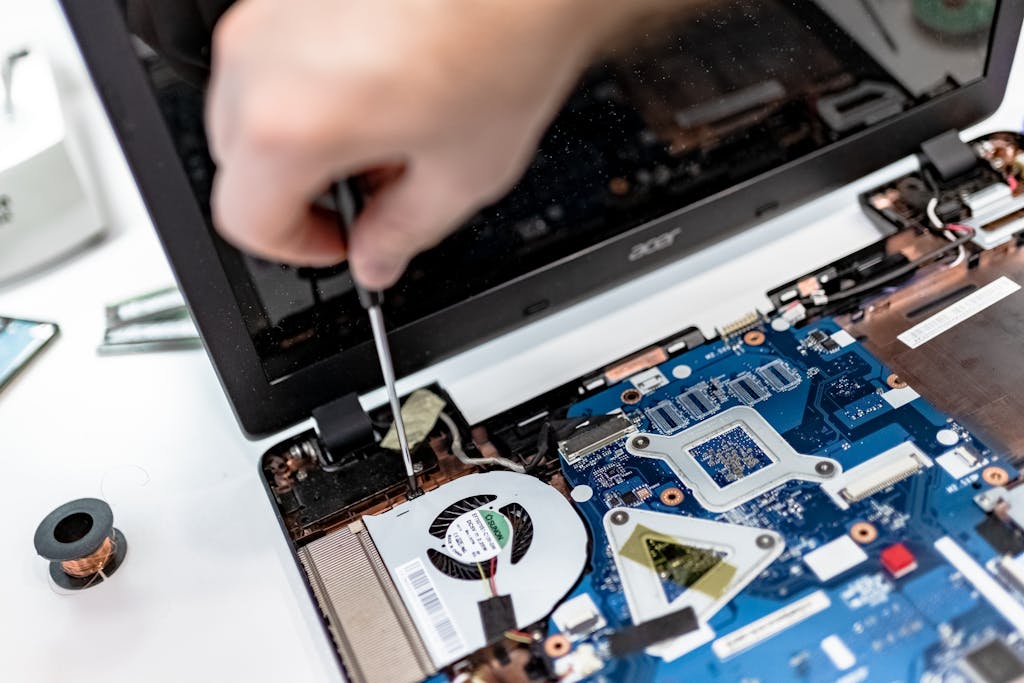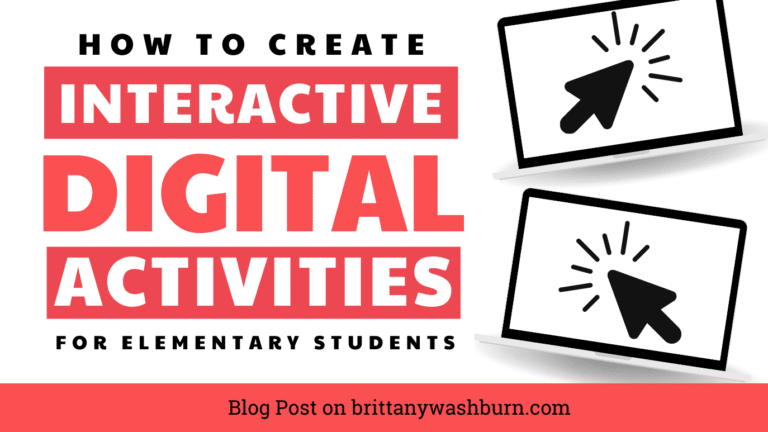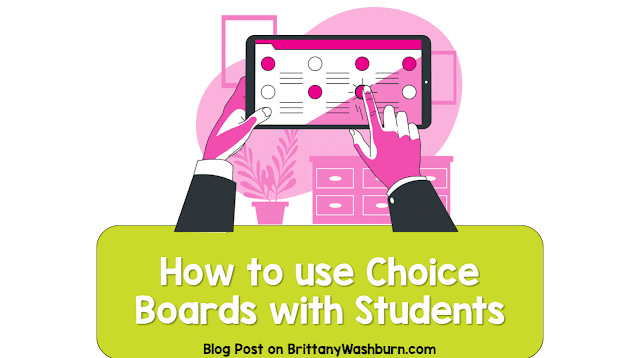Step-by-Step Guide to Customizing Editable PowerPoint and Google Slides Files for Teachers
Creating engaging presentations is an important skill for educators. Whether you’re teaching a lesson, presenting to colleagues, or conducting a workshop, having customizable slides can enhance your effectiveness and save you time. This guide will walk you through the essential steps of customizing editable PowerPoint and Google Slides files, allowing you to create personalized presentations tailored to your specific teaching needs.
Why Customize Presentations?
Customizing your slides allows you to:
- Tailor content to your specific audience or subject matter.
- Incorporate school branding, logos, or thematic elements.
- Simplify complex topics so students understand them better.
- Enhance visual appeal, keeping students engaged.
Step 1: Choose the Right Platform for Your Classes
Before diving into customization, decide whether to use PowerPoint or Google Slides. Both platforms have their pros and cons:
- PowerPoint: Best for offline editing, advanced features, and design options. However, while there is an online option the traditional version does require Microsoft Office 365.
- Google Slides: Ideal for collaboration, easy sharing, and access from multiple devices without software installations.
Step 2: Find Editable Templates
Every great presentation begins with a solid template. You can find a multitude of editable templates online:
- Search for free templates on educational websites or platforms like SlidesGo, Canva, or Microsoft Office templates.
- Purchase templates from marketplaces like Teachers Pay Teachers for more unique designs.
Make sure the selected template aligns with the instructional goals with your presentation.
Step 3: Download or Access the Template
For PowerPoint:
- Download the chosen PowerPoint (.pptx) file.
- Save it to your desktop or designated folder.
For Google Slides:
- If the template is in Google Slides, simply select “Use Template” or “Make a Copy” to add it to your Google Drive.
Step 4: Customize Your Presentations
A. Edit Text and Fonts
- Click on any text box to type your content.
- Change the font style, size, and color from the toolbar at the top.
- Ensure elements are readable when presented from your usual presentation source in the classroom.
- Keep fonts consistent for a polished look.
B. Adjust Layout and Design
- Rearrange slide elements by clicking and dragging them.
- Use alignment and distribution tools to ensure a professional layout.
- Remember you can modify slides by both adding and removing elements to meet your needs. That includes text boxes, images, shapes etc.
C. Incorporate Visuals
- Add relevant images, graphics, or icons to enhance your presentation.
- Use the “Insert” menu in both platforms to add pictures, charts, or other visual elements.
- Remember to credit images, especially if they are not original.
D. Integrate Multimedia
- Add videos or audio clips to make your presentations interactive.
- For PowerPoint: Select “Insert” > “Video” to include video files from your device or online.
- For Google Slides: Choose “Insert” > “Video” and either upload from your computer or use a YouTube link.
E. Customize Themes and Backgrounds
- Change the overall theme by clicking on the “Design” tab (PowerPoint) or “Theme” menu (Google Slides) to explore color schemes and background designs.
- Consider personalizing backgrounds by selecting solid colors, gradients, or uploaded images that fit your subject.
Step 5: Save and Share Your Work
For PowerPoint:
- Save your work frequently by clicking “File” > “Save As” and select the format you prefer.
- If you plan to share it with others, consider exporting it as a PDF or saving it to a cloud service like OneDrive for accessibility.
For Google Slides:
- Click on “File” > “Share” to generate a link or set permissions for collaborators.
- You can also download it as a PDF, PowerPoint file, or other formats when needed.
Step 6: Practice Your Presentation
Once your slides are customized, rehearse your presentation. Familiarize yourself with the flow of slides, ensuring transitions are smooth and that you’re prepared to elaborate on key points.
Step 7: Get Feedback on Customized Presentations
Consider sharing your customized slides with peers for feedback. They may offer valuable insights on content clarity or design improvements that can enhance your finished product.
You may also want to simply get into the habit of leaving notes for yourself after the first run-through of a lesson to make sure subsequent classes get presentation version 2.0.
Conclusion
Customizing editable PowerPoint and Google Slides files is a straightforward process that can significantly enhance your teaching performance. By following these steps, you can create engaging and relevant presentations that elevate the learning experience in your classroom. Remember, the key is to adapt designs and content to fit your teaching style and the needs of your specific students.
Revolutionize Your Classroom with These Tech Tips!
As educators strive to engage students and enhance their learning experiences, the integration of innovative…
Transform Learning for Your Students with These Simple Tech Tips!
As educators face the challenge of meeting diverse student needs, simple tech tips can transform…
Google Drive 101: How to Organize, Share, and Find Your Files Quickly
Effective file management is crucial for both personal and professional success, and Google Drive stands…
Effective Email Management for Teachers: Organizing, Filtering, and Staying On Top of Messages
Effective email management is crucial for teachers to stay organized, communicate effectively, and keep track…
How to Convert PowerPoint Presentations to Google Slides (and Why You Should)
Teachers often create resources in PowerPoint, but as more schools adopt Google Workspace, it’s becoming…
Basic Troubleshooting Tips for Common Technology Issues in the Classroom
With the integration of technology in the classroom comes a myriad of potential issues that…












